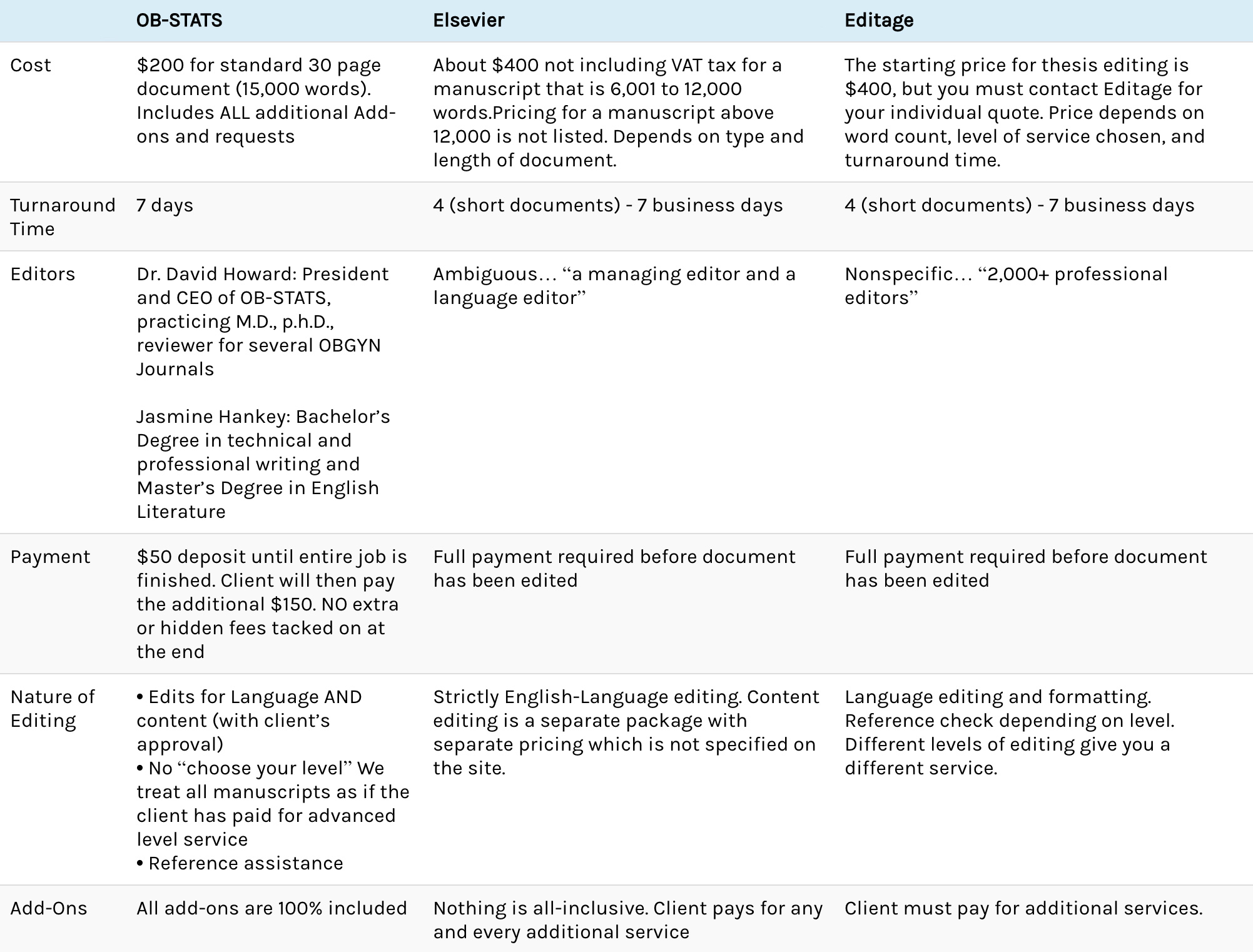Research Study Confounders
Research studies have many moving parts, and it is important to try to predict how those different parts influence each other and, by extension, the research results. One example of these kinds of influences are confounders, or any factor that is associated with exposure, is associated with outcome, AND is not caused by exposure or outcome. This can be confusing, so let’s look at an example.

Applying Research Study Confounders to an Example
If I were interested in the relationship between gender and stroke and wanted to see whether women have greater disability one month after a stroke in comparison to men, I would choose an observational study (such as a cohort study), since gender cannot be assigned.
I would see that the exposure variable would be gender, and the outcome variable that I am measuring would be how severe stroke effects (such as disability) are for participants (measured by a modified Rankin Scale, for those interested in technical terms). I could then hypothesize that the average severity of effects would be greater for women than men one month after stroke. At this point, I would need to think hard about potential interactions in my study that could affect my results and make them not as useful or inaccurate.
Adjusting For Confounders
My study only looks at disability after a stroke, but what about before a stroke happens? If I were to measure disability before a stroke in the way manner that I do after a stroke and adjust for existing disability, would my results be any different? They very well could be, making the pre-stroke disability measurement a significant confounder for my study. I would need to adjust my results to account for existing conditions, and I would most likely find that the association between gender and stroke is not as strong once this confounder is addressed, since it only makes sense that higher pre-stroke disability scores would correlate with higher post-stroke disability scores (see Renoux, et al. for a deeper discussion of a similar example of confounding).
As you can see, adjusting for confounders can drastically change your study findings, so you must be diligent about your identification and treatment of confounders. Always acknowledge confounders that you adjust for and confounders that you were not able to adjust for when reporting your study!
Learn More From Ob-STATS
“How To Do A Research Project” by Ob-STATS can help you every step of the way while conducting a research project. This course can earn you CME credit, while also giving you the knowledge and skills to be able to conduct a full research project.
